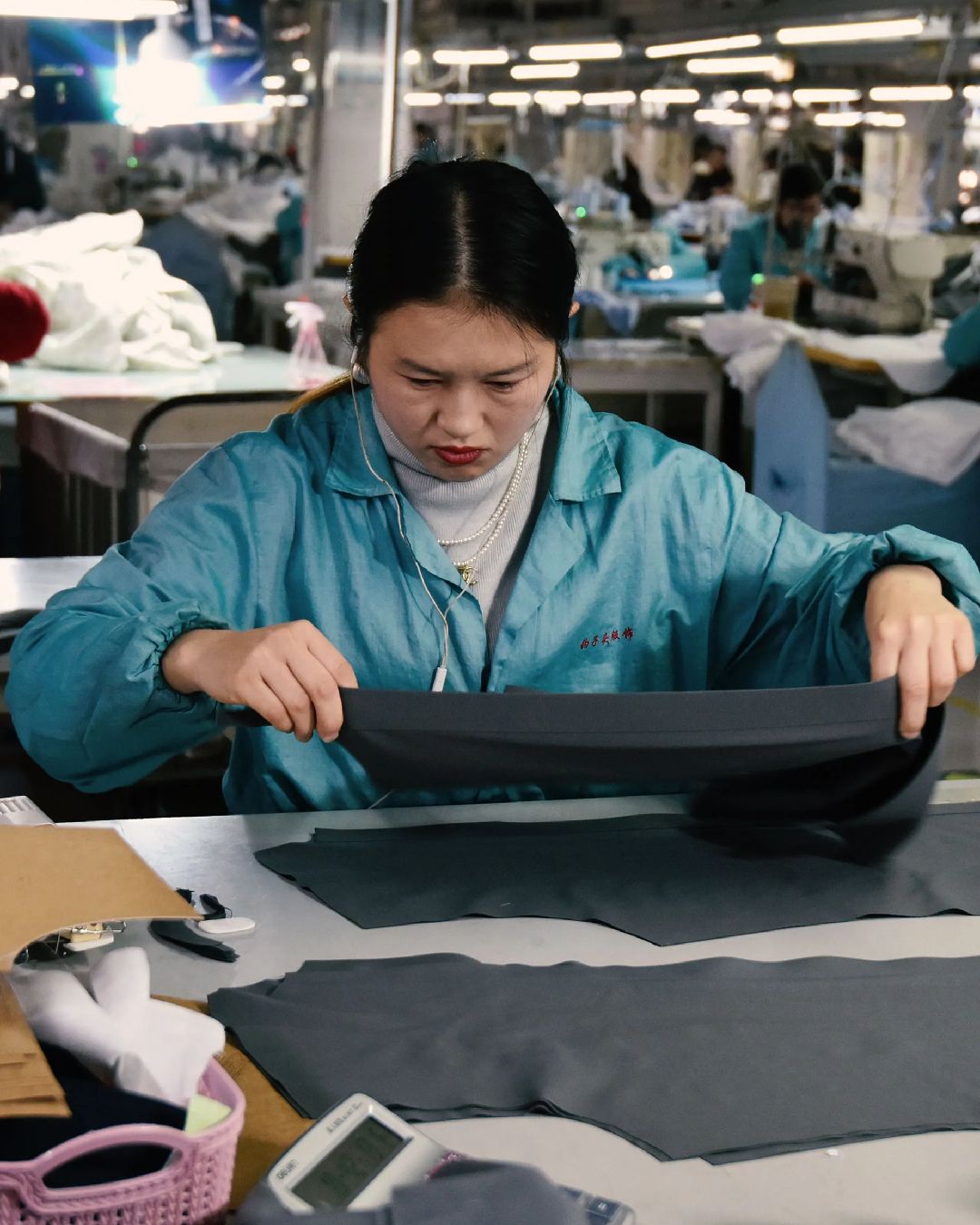
The luxury contracting problem One hand washes the other and both wash the face
Few seem to remember, today, the second chapter of Gomorrah by Roberto Saviano, in which it was said that the white suit worn by Angelina Jolie at the 2001 Oscars was actually sewn by a tailor named Pasquale who worked illegally in a clandestine facility in Arzano. In those same years, the deep ambiguities of the concept of Made in Italy and the "last substantial transformation" criterion had become public domain, according to which, for example, it is enough for a certain product to be finished in Italy to be considered manufactured in the country. This is just one demonstration of the countless legal loopholes that fashion brands can exploit to save on production costs and increase their margins – perhaps the most uncomfortable secret of fashion, as Made in Italy represents the excellence of a product and justifies its price. However, this trust has recently suffered severe blows. Yesterday, "after the decision of the Milan Court to appoint a judicial administrator for Giorgio Armani Operations Spa, a company that deals with the design and production of clothing and accessories for the fashion giant's group," as stated in an official statement, "the Codacons [consumer association] filed a complaint with the Antitrust Authority and the Milan Public Prosecutor's Office asking to investigate any illicit activities related to deceptive advertising, unfair competition, workplace safety, and worker exploitation." But in recent months, there has been the administration of Alviero Martini and also the case of "Sabrina," the pseudonum of Yi Chen, a woman who owned at least five manufacturing centers in central Italy that collaborated for brands like Marella Srl, Dixie Srl, Novantanove Srl, Betty Blue Spa by Elisabetta Franchi, Tenax.it Srl, Simi Srl, B&G Srl, P&C Srl, and Imperial. Also, back in 2019, an investigation by Il Sole 24 Ore uncovered many illegal factories used by numerous major brands – none of which, however, were directly involved in those operations as they were all outsourced.
@comepic they aint sneeky#funny#meme#sweatshop original sound - ComedyEpic
The subcontracting mechanism follows the evangelical principle of: "Let not your left hand know what your right hand is doing." That is, a fashion brand owned by a certain company produces through a second company that in turn subcontracts the production work to a third external company and so on – so that the head of the first company can always claim not to be aware that the subcontracting/subcontracting in question was carried out irregularly. But the problem lies in the method: beyond worker exploitation, which authorities claim even the brands are unable to contain, it's the concept of saving money by externalizing the problem, given that in an ideal world each brand should have its own factories without outsourcing anything - it is precisely the presence of a rich network of highly specialized factories that has created both the idea of Made in Italy and Italian fashion as we know it. When in 2019 the Financial Guard discovered warehouses full of luxury bags destined for the world's top boutiques, legally, the brands were not at fault: finding companies willing to transgress on their behalf, they had just as many "straw men" at their disposal to become false targets for the law – their only fault was trusting without probing too deeply. In effect, they are on the right side of the law - but it's undeniable that they recognize the economic advantage of saving on production without asking too many questions. And not only do the brands retain the right to terminate a contract if and when irregularities by the contracting company are discovered, but the factory managers can reopen after paying a fine which, in 2019, according to Il Sole, was around two thousand euros.
Chi non ha lavorato nel campo tessile non può capire, tutte le case di moda fanno produzione all'estero, o sfruttano lavoratori sottopagati in Italia, soprattutto al sud Italia, le aziende di confezioni italiane stanno chiudendo e il made in Italy viene prodotto da cinesi#jeru
— minni (@MMmminni) November 22, 2022
In short, we may start forgetting the image of the elderly Italian artisan who handcrafts the world's most exclusive bags with patience: that artisan is, most likely, an undocumented migrant worker, who doesn't even speak the language and is obviously invisible to tax authorities. However, both theoretically and practically, the bag is produced in Italy – and that's enough to put it on display with a price tag of four or five figures. In many of the cases listed above, the trail of evidence leading from exploited workers to the company's top executives disappears halfway: the managers never know anything, shrug their shoulders, and cancel contracts – even better if the subcontracting company is not the original brand's company but its detachable "arm" in case of emergency. Little harm done even to the exploiters: as stated in the 2019 investigation by Il Sole, "often, however, the owners only pay an advance sufficient to resume activity. Once the production cycle is completed, many companies are liquidated without paying the remainder and, just as often, without paying taxes. Many owners, in this endless chain of fraud and deceit, become workers in newly registered companies, whose owners become those who might have previously been their workers." But let's leave such discussions to lawyers – after all, if the law says that a certain product meets those criteria, we must trust the law. The real problem for the brands, the most immediate threat, is public trust.
When we talk about trust, we're not talking about something rational, but about a feeling. Now, the law can say whatever it wants, but anyone following fashion news will have begun to notice an increasingly recurring pattern in a series of investigations and scandals all revolving around the true cost of luxury and always involving the legal setups that major brands use to save on raw materials or production. The real wealth of fashion isn't made in stores, but by saving every penny possible in the supply chain, where a bag costing over two thousand euros is purchased by the brand for less than fifty from "entrepreneurs" who exploit labor almost as slaves. The same brand might sell off-the-shelf acetate pieces as designer glasses, produce brass or woven rope jewelry sold for thousands of euros, or bottle the same face cream found on supermarket shelves in fancy packaging and sell it as a youth elixir. And these periodic "scandals" that emerge from time to time, revealing mechanisms actually known to those who have seen one, suggest that a system exists, a sort of silent collective practice for the production of large companies that makes luxury sweatshops little or no better than the sweatshops where Shein or fast fashion giants produce their polyester rags – especially since the fashion industry has a very clear overproduction problem, with waste and excess products that need to be disposed of through the "back door" of sales. In practice, all this effort, all this exploitation is almost futile in the end: if the data were truthful, sales were not inflated, and all the steps in the chain were carried out according to the rules, we would discover that this grand world is actually much smaller than it seems.














































